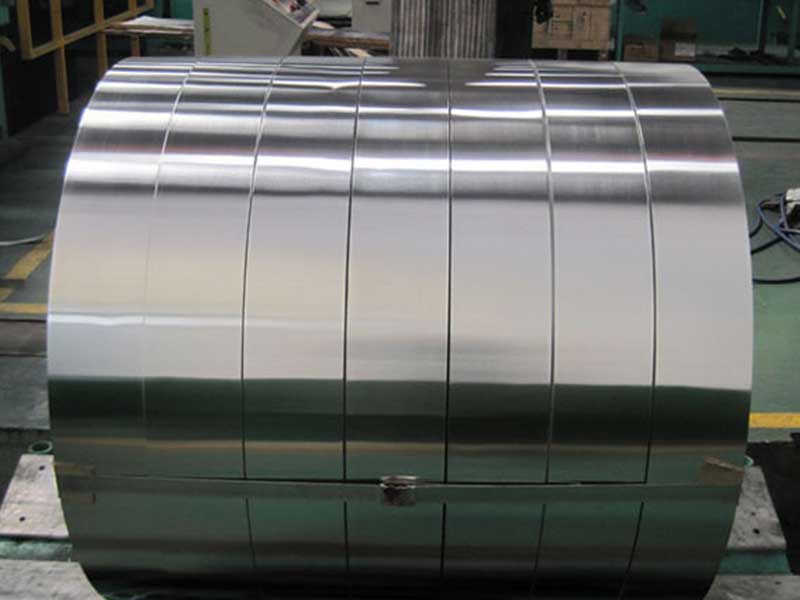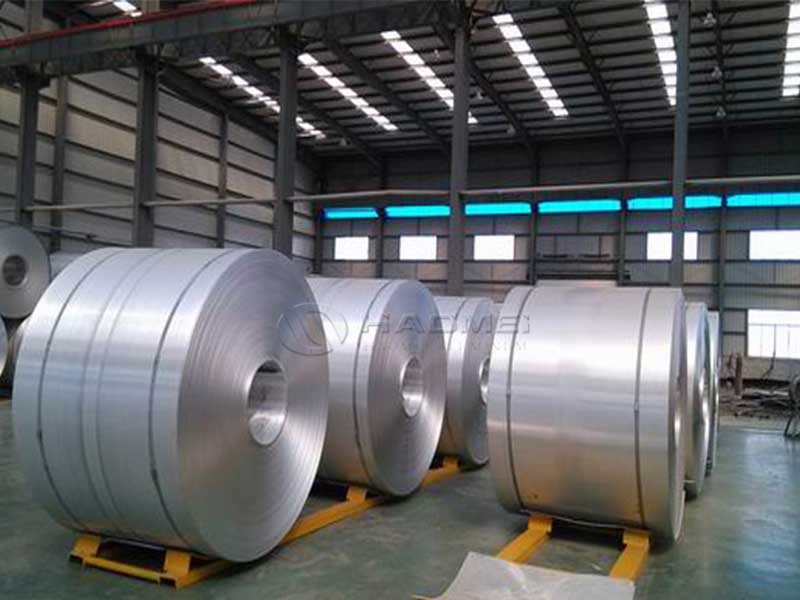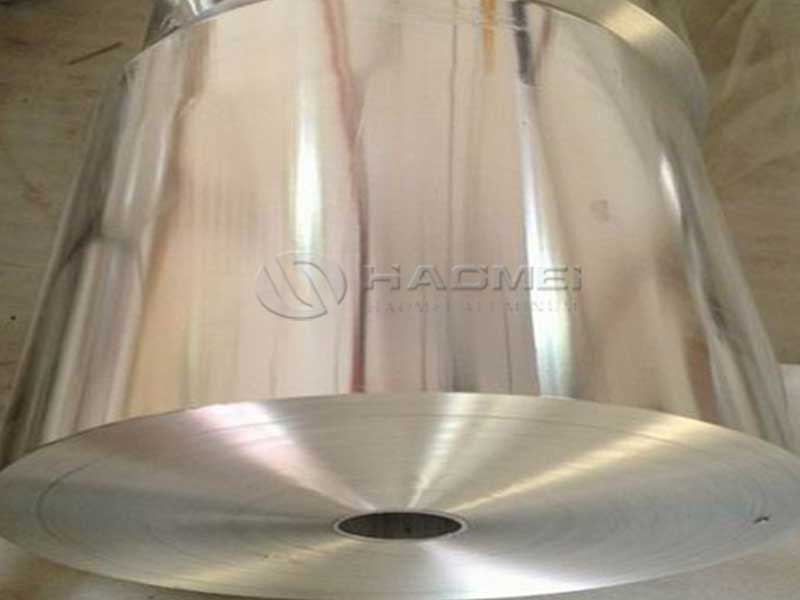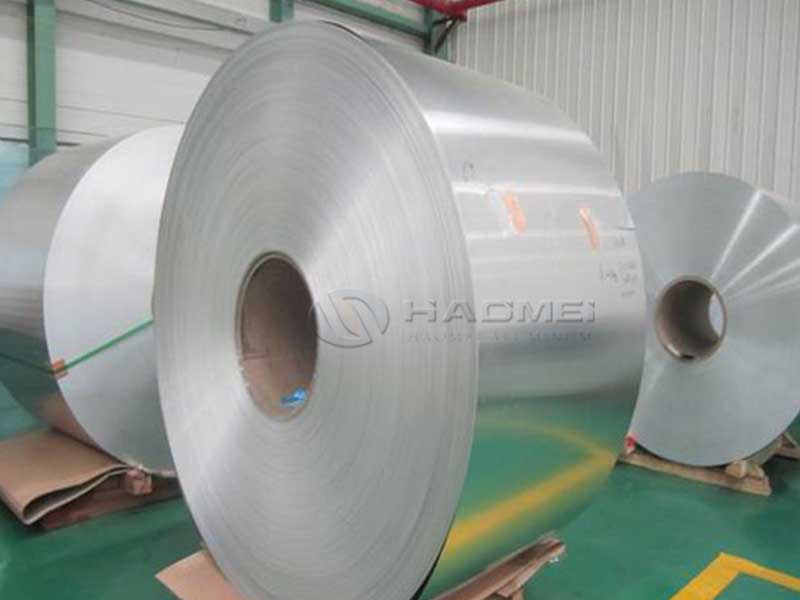2024-08-28 https://www.aluminum-coils.com/a/how-control-the-thickness-difference-aluminum-foil.html
Aluminum foil is a versatile product widely used across various industries, from culinary arts to industrial packaging. However, one of the most critical factors affecting the efficacy of aluminum foil is its thickness. Understanding how to control thickness differences in aluminum foil ensures that both suppliers and consumers achieve the best-quality product for their specific applications. In this article, we will explore the features of aluminum foil, the importance of thickness regulation, and the various applications that benefit from optimized thickness.
Understanding Aluminum Foil Thickness
The thickness of aluminum foil is measured in microns (µm), with common household aluminum foils typically ranging from 14 to 30 microns. Industrial foils can exceed this range, often customized to specific thickness requirements. Controlling the thickness of aluminum foil is vital in preventing inconsistencies that can negatively impact performance and usability.
Features of Aluminum Foil
1. Lightweight Composition: Aluminum foil’s low weight makes it an excellent material for packaging, allowing for reduced shipping costs and easier handling.
2. Heat Resistance: Aluminum foil can withstand high temperatures, which is particularly beneficial for cooking applications where it can be exposed to heat without degrading.
3. Barrier Properties: Aluminum foil provides a formidable barrier against moisture, light, oxygen, and bacteria, ensuring food items remain fresh for longer periods.
4. Malleability and Flexibility: The malleable nature of aluminum allows it to be easily wrapped around items of various shapes and sizes, making it ideal for both food and industrial uses.
Importance of Controlling Thickness Difference
When the thickness of aluminum foil varies, it can lead to several complications, including:
- Inconsistent Cooking and Heating: When some areas of aluminum foil are thinner than others, it can lead to uneven cooking and browning in dishes, which is critical for professional chefs and home cooks alike.
- Weak Barrier: Thinner spots may compromise the protective barrier properties, allowing contaminants to seep in, which could adversely affect food safety and quality.
- Increased Waste: If manufacturers produce foil with inconsistent thickness, it leads to damaged or unusable sections, contributing to environmental waste and increased production costs.
Because of these reasons, maintaining a tight control over the thickness difference in aluminum foil is essential in meeting quality standards and customer satisfaction.
Applications Benefiting from Optimized Thickness
Various sectors utilize aluminum foil, and optimizing its thickness enhances efficacy in multiple applications:
1. Culinary Use: In kitchens, precision in thickness means better heat distribution for baking and grilling, allowing meals to achieve optimal textures without the risk of burning.
2. Food Packaging: From manufacturing to retail, food producers gain from consistent foil thickness – enhancing product shelf life through superior sealing and barrier protection.
3. Industrial Applications: Many industries, such as automotive and electronic goods, use aluminum foil for shielding, insulation, and as part of the manufacturing process. In these scenarios, uniform thickness plays a crucial role in ensuring reliability and quality.
4. Medical and Pharmaceutical: Aluminum foil utilized in packaging medicine must adhere to strict requirements regarding thickness to effectively protect against moisture and external contaminants while ensuring processing integrity.
Conclusion
Controlling the thickness difference in aluminum foil is paramount for producers and users alike, impacting functionality and performance across diverse industries. From household kitchens to large-scale manufacturing plants, the features of aluminum foil – including its heat resistance, lightweight composition, and excellent barrier properties – serve as integral components in various applications. Investing in the expertise to regulate thickness can greatly enhance product quality and operational efficiency.
By ensuring uniform thickness in aluminum foil, we can ultimately achieve better food preservation, efficient industrial solutions, and higher satisfaction across multiple applications. As innovations develop in the field, further advancements will undoubtedly continue to shape the future of aluminum foil production.











